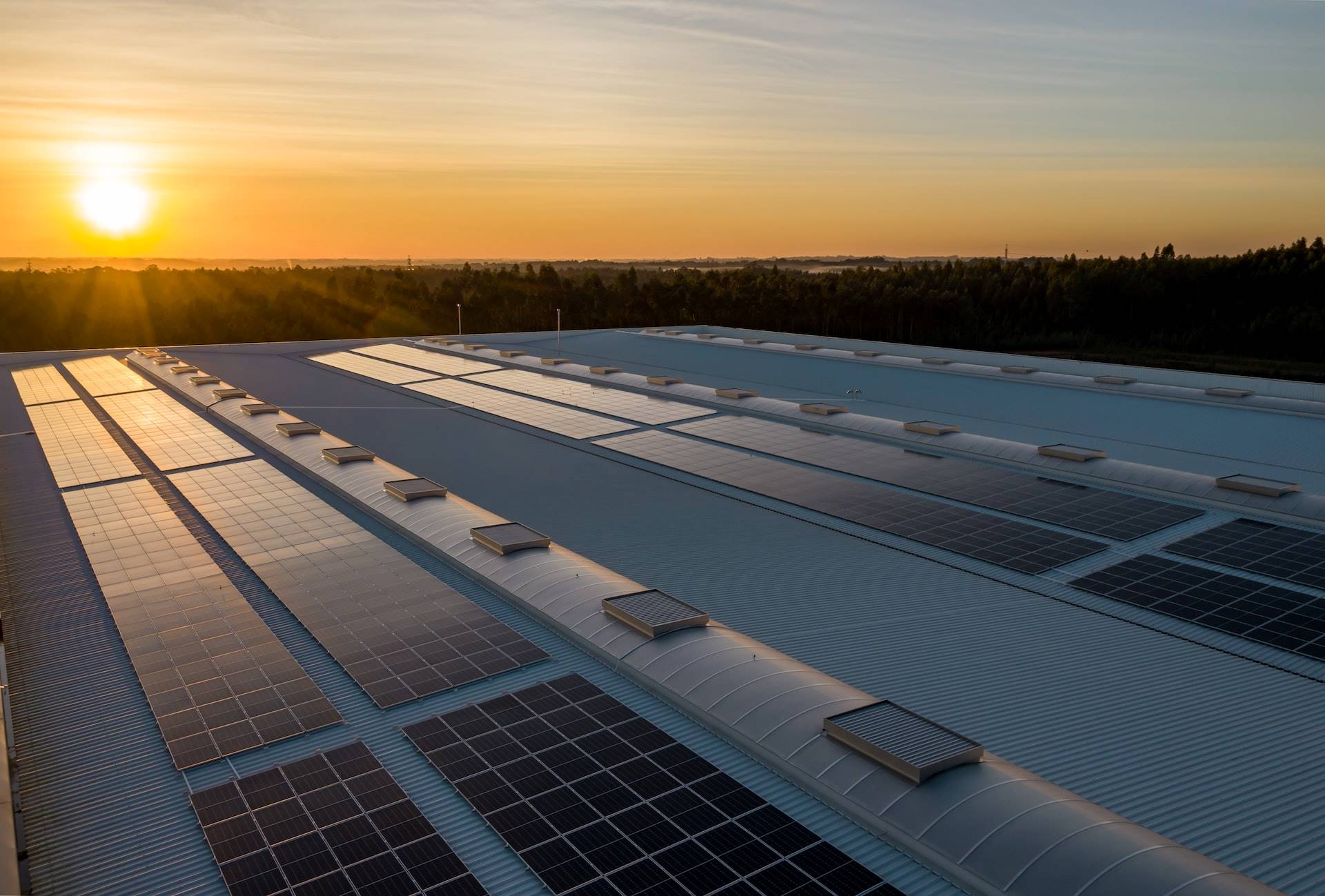Five Effective Energy Measures for Your Building
The purpose of energy measures is to reduce energy consumption in buildings and thereby making daily operations more environmentally friendly and sustainable. With that in mind, what exactly is an energy measure, and what are the most effective measures you can implement?At Entro, we are knowledgeable, skilled, and have extensive experience with energy measures in various types of buildings. After an energy assessment and analysis, Entro may implement our five most common and effective measures. These measures can reduce energy consumption and improve the sustainability profile of a building.
Use proper and efficient measurements
Establishing and utilizing an Energy Monitoring System (EMS) can be crucial in gaining a comprehensive overview of energy consumption. Such a system requires the correct setup of meters and a metering structure that covers the critical areas of energy consumption in your building, including:
Different energy sources used in the building
Heating systems and various heat sources
Cooling and ventilation systems
Energy consumption by tenants, if applicable
By collecting this data, you can measure the total energy consumption accurately and holistically. This makes it easier to identify areas where consumption can be optimized, and operations can be made more energy-efficient.
2. Upgrade to energy-efficient heating systems
To reduce energy consumption and achieve more efficient heating, you can improve or upgrade the heating system in your building. The use of district heating is an effective and cost-saving measure if it is available in your area.
You can also limit the power output after the heat exchanger in the district heating system to avoid waste. It is common to separate tap water with its own heat exchanger to achieve a more energy-efficient heating system. It is also advisable to ensure that no electric elements are connected to hot water heaters.
Efficient heating system insulation is recommended to retain heat and minimize energy waste. Additionally, the use of heat pumps with optimized operation will contribute to reducing energy consumption. Therefore, combining heat pump installation with a general upgrade of heating and cooling systems is a smart measure.
3. Improve and upgrade the water-based heating system
Water-based heating systems can often be improved and upgraded, reducing energy consumption. If there have been changes in the heating system used in the past five years, it should be readjusted.
The system should also have temperature sensors on the supply and return lines. If better flow regulation is implemented, it will also help reduce the overall energy consumption in the building.
4. Control and optimize the ventilation system
An optimized ventilation system tailored to its intended use will be more energy-efficient and resource-saving.
You can significantly reduce energy consumption by utilizing energy-efficient heat recovery in the ventilation system with high efficiency and regulating the airflow based on demand.
Implementing airflow measurements and zone dampers for different use areas is also advisable. This way, energy consumption can be adjusted to different zones and needs, minimizing energy waste.
All air conditioning systems (heating, cooling, and ventilation) should have calendar functions and be adjusted correctly regarding airflow and temperature. This ensures that different systems do not work against each other and have incompatible settings.
For example, a heating system may be set to 23 degrees Celsius while a cooling system is set to 22 degrees Celsius. In such cases, they work against each other, sabotaging optimal cooling and heating.
Replacing all types of air conditioning systems is also recommended if they have exceeded their technical lifespan. If you need clarification on the condition of your air conditioning system, consulting a professional is advisable.
5. Install and use Building Automation Systems (BAS)
A practical measure that can make a significant difference in energy consumption and facilitate the automation of multiple measures is installing a Building Automation System (BAS). With a BAS, you gain access to features such as calendar functions, allowing you to set up automated rules for heating and cooling without manual adjustments.
This enables the system to adjust heating and cooling based on outdoor temperatures. This significantly reduces energy consumption and prevents unnecessary heating or cooling.
If you already have a BAS, improving the controls or expanding the system's capabilities is recommended.
Other Proptech solutions can help streamline the control, analysis, and optimization of energy consumption in a building.
If you already use such systems, exploring opportunities for improvement and maintenance is advantageous. Simple investments to upgrade existing technical equipment often result in significant savings.
Other Effective Energy Measures
In addition to the mentioned measures, many other small measures can significantly impact energy efficiency. We recommend implementing measures such as:
Energy-efficient lighting sources: LED lights and automatic light control will reduce energy consumption. This measure helps avoid waste due to inefficient lighting sources and ensures lights are turned off when not required to be on.
Snow melting systems: A snow melting system with temperature and humidity control, operating for less than 500 hours per year, will also reduce energy consumption.
Free cooling: Free cooling in ventilation and cooling systems and using excess heat for practical purposes will contribute to reducing overall energy consumption.
Follow-Up on Energy Measures
For energy measures to be effective in the long run, it is essential to follow up and make necessary improvements or changes.
Implementing proper monitoring and follow-up makes tracking both indoor climate and energy consumption easier, enabling continuous optimization.
Our advisors can help identify needs and opportunities for energy efficiency improvements.
Together, we will find energy measures that make your building more energy-efficient and environmentally friendly!


